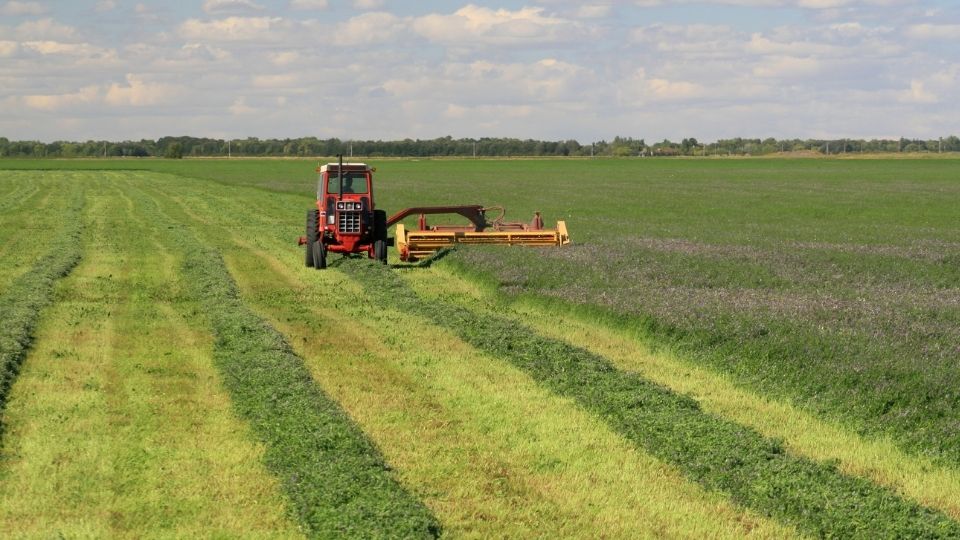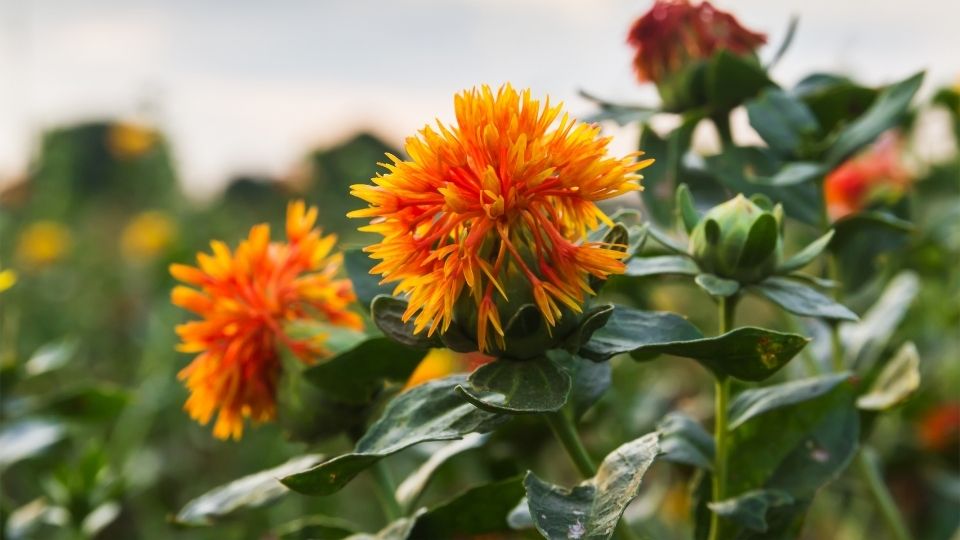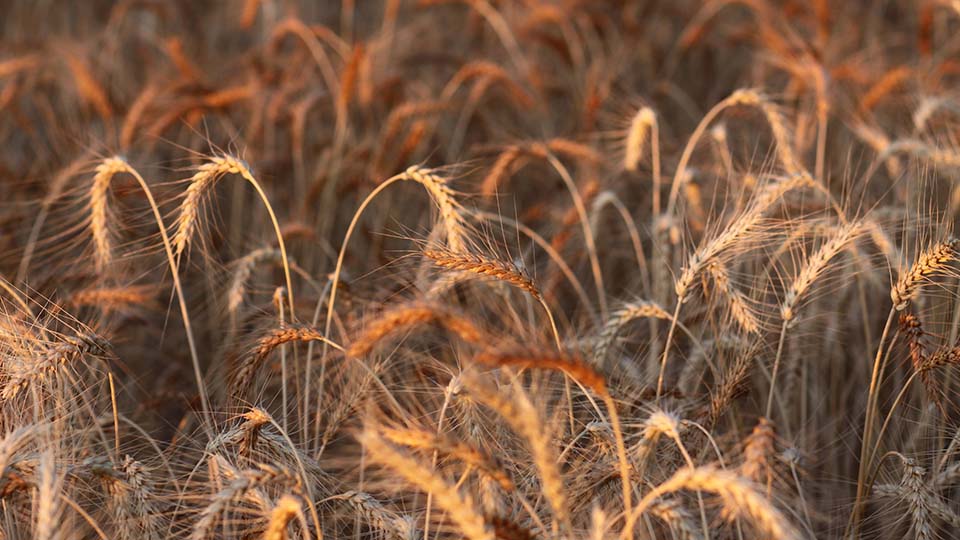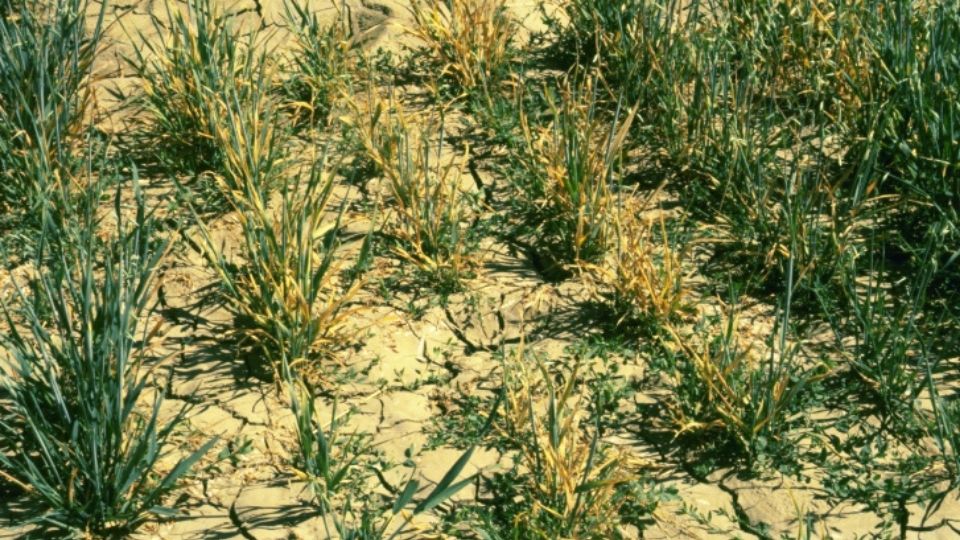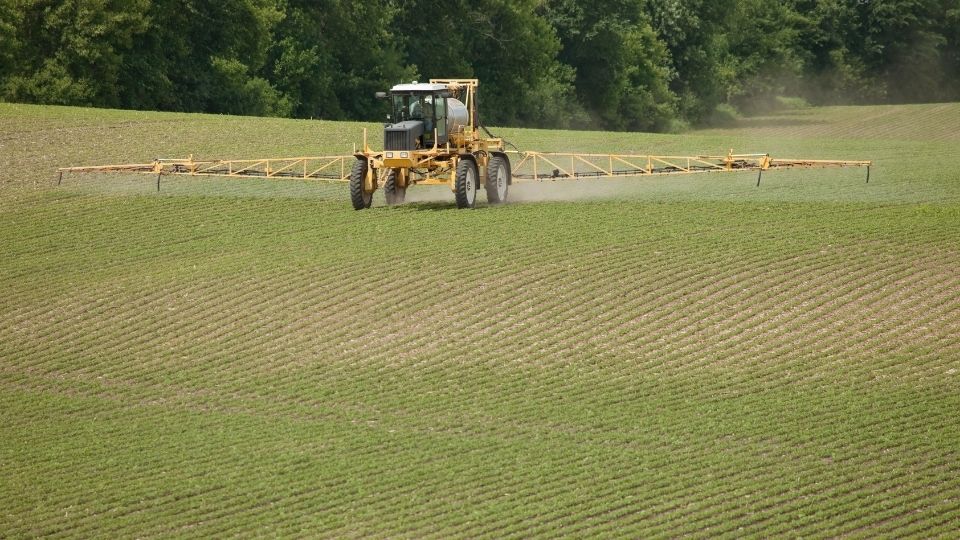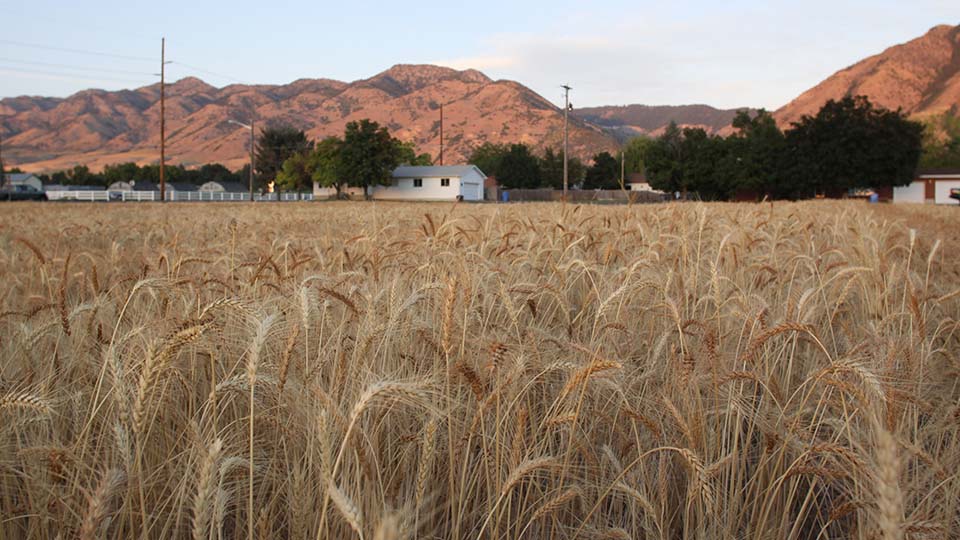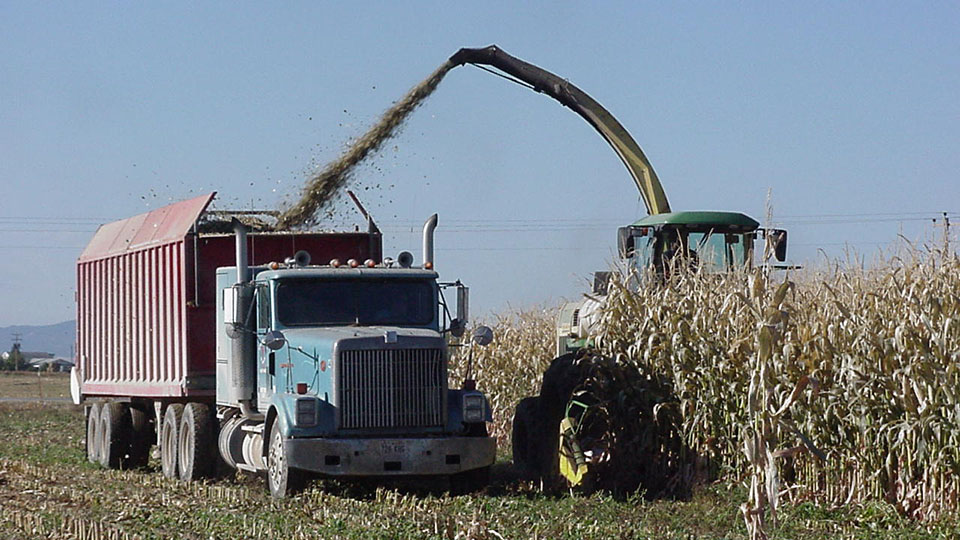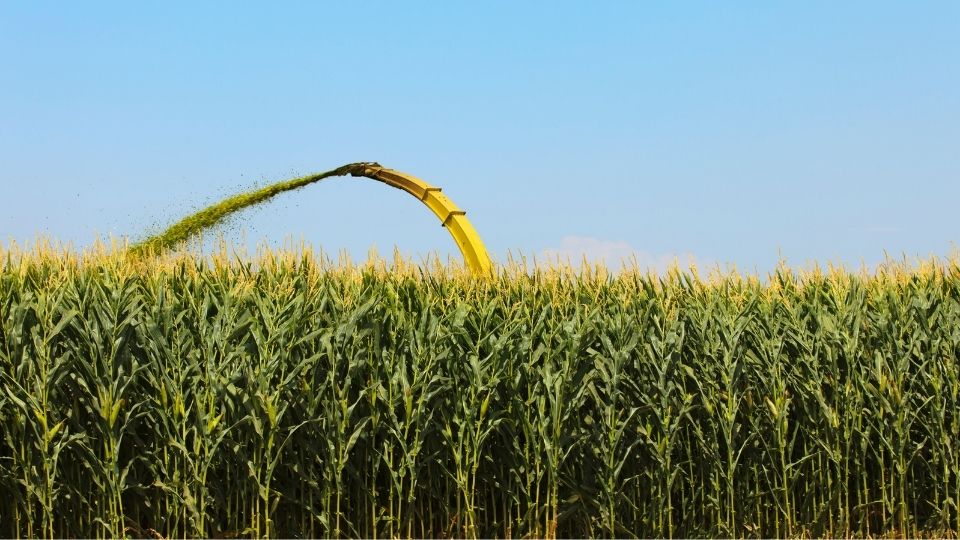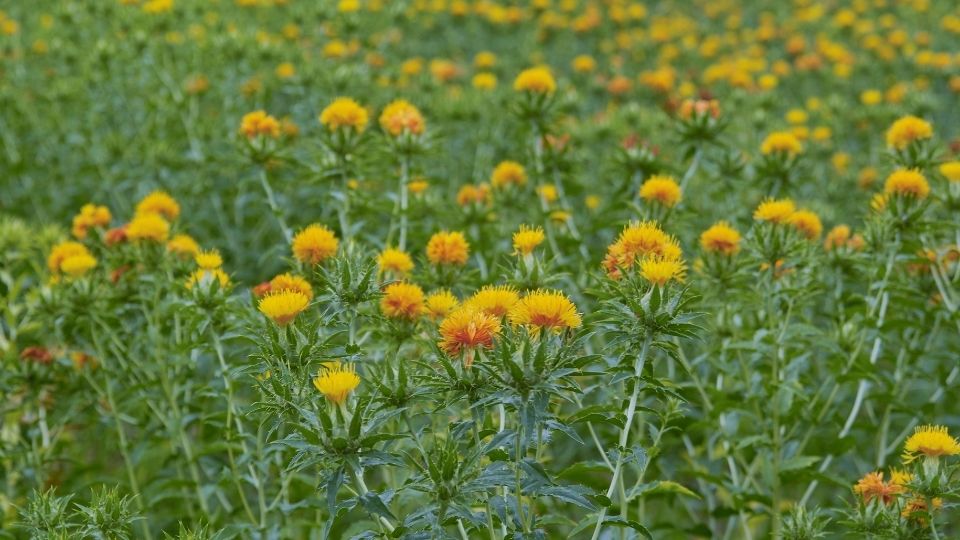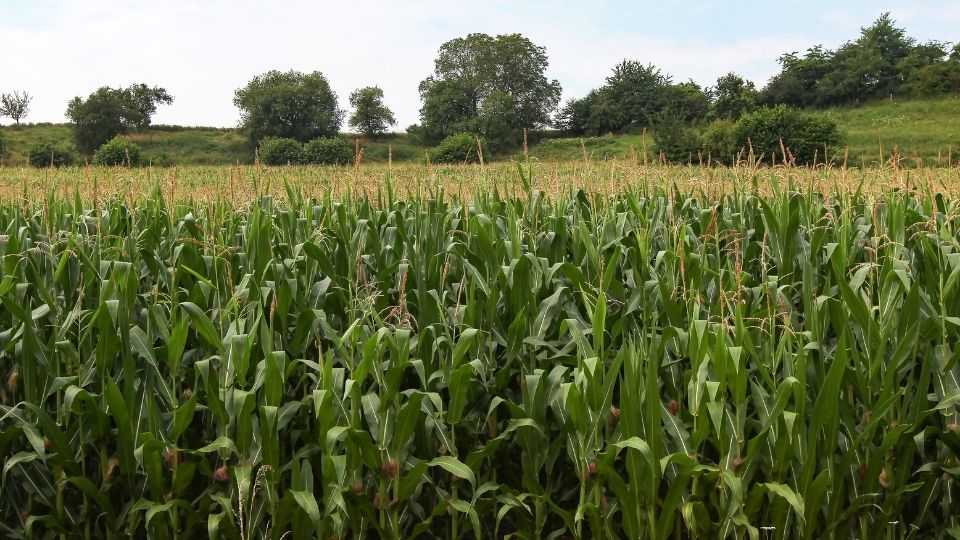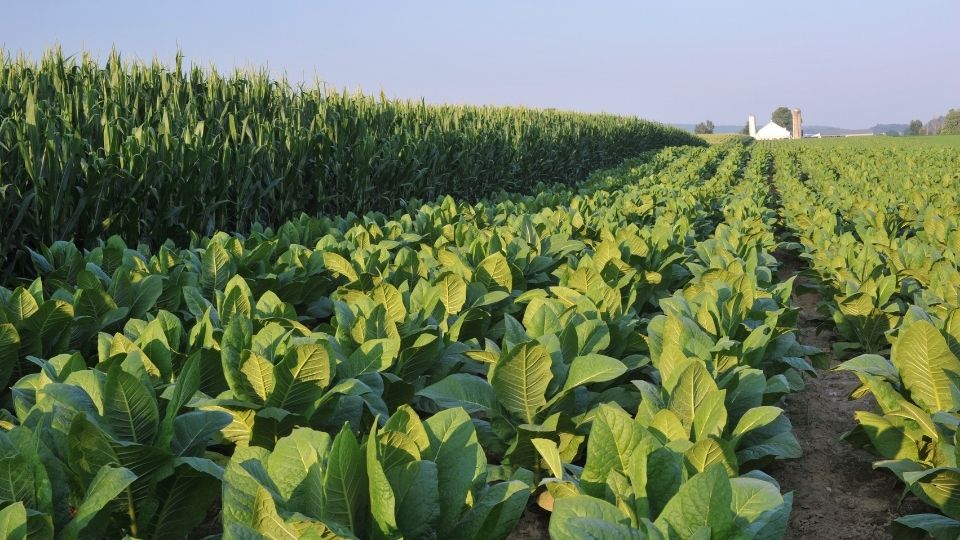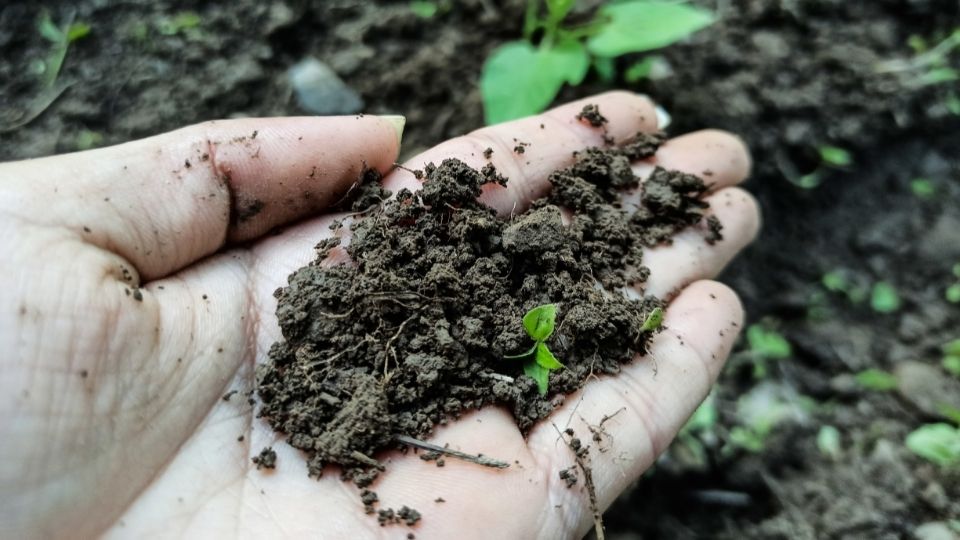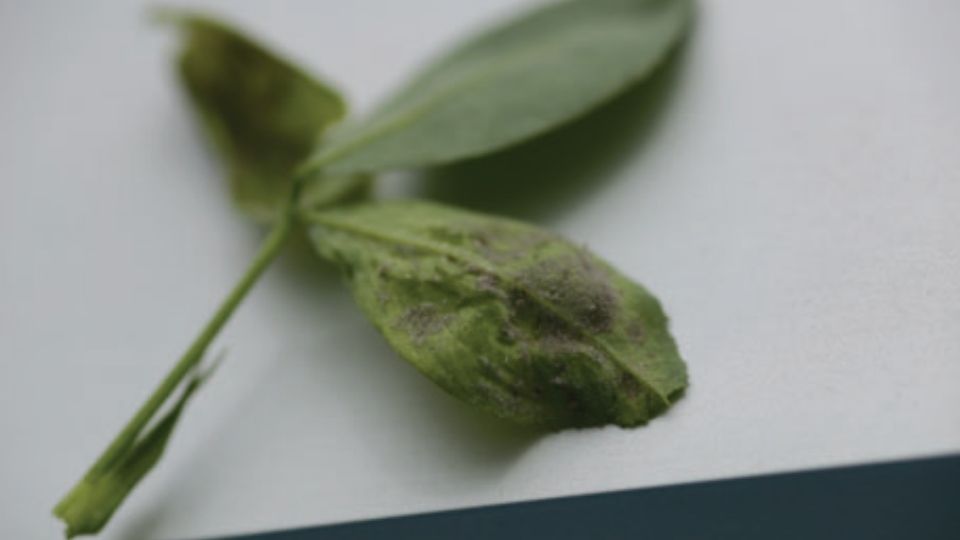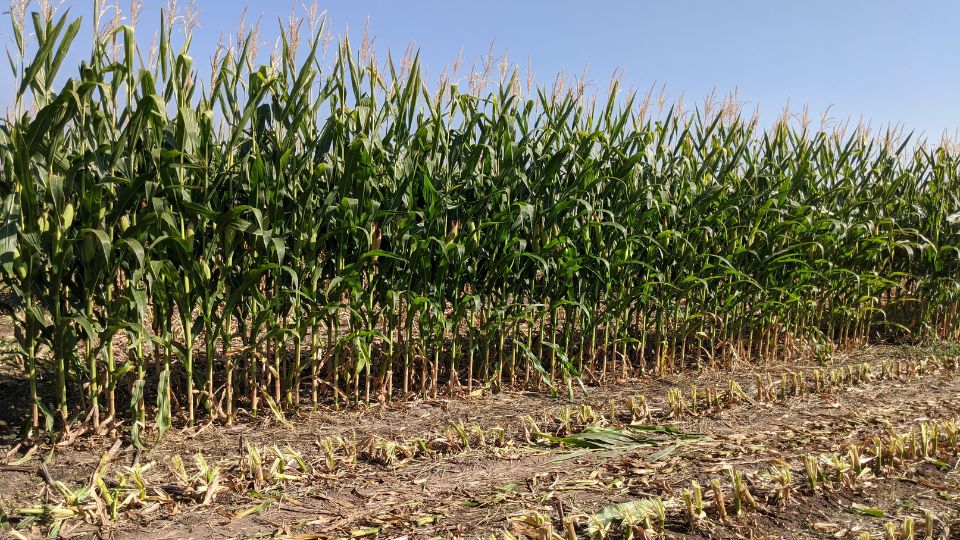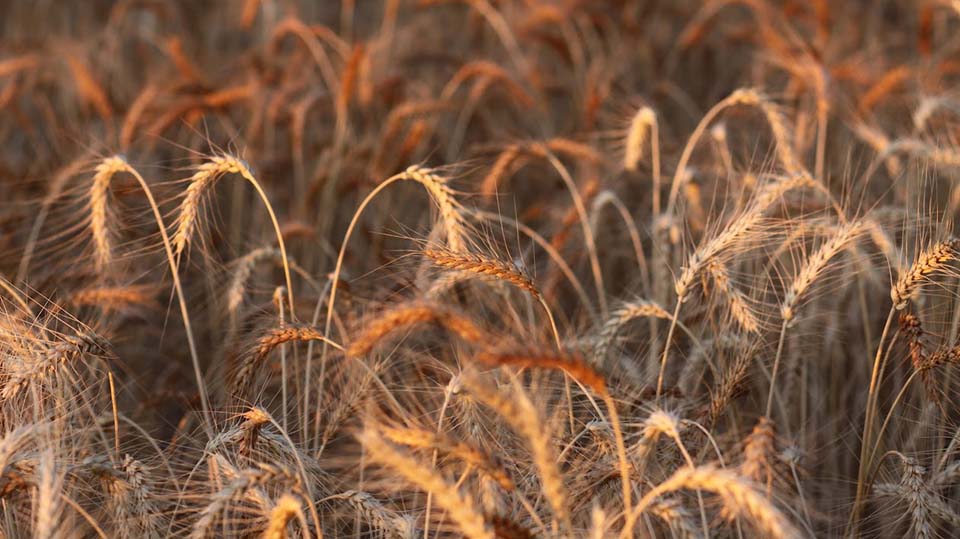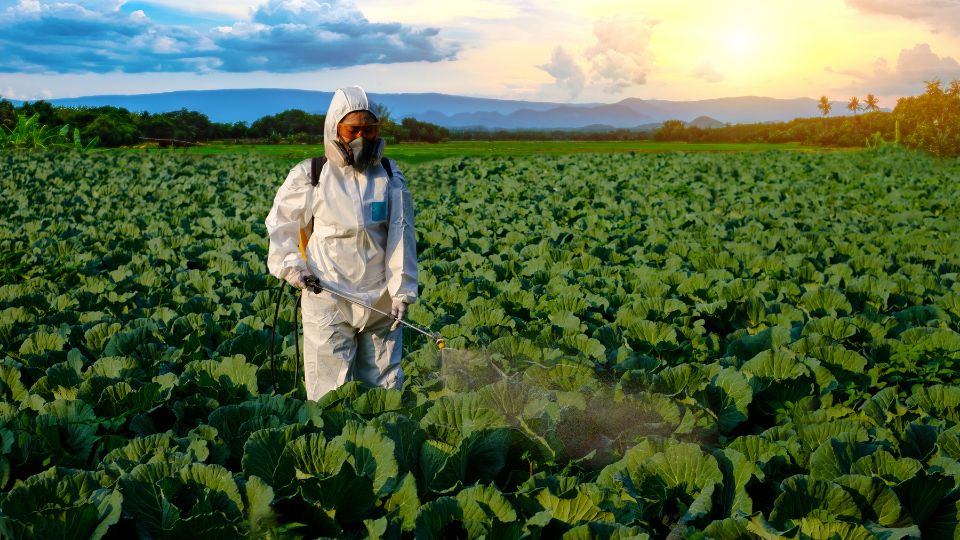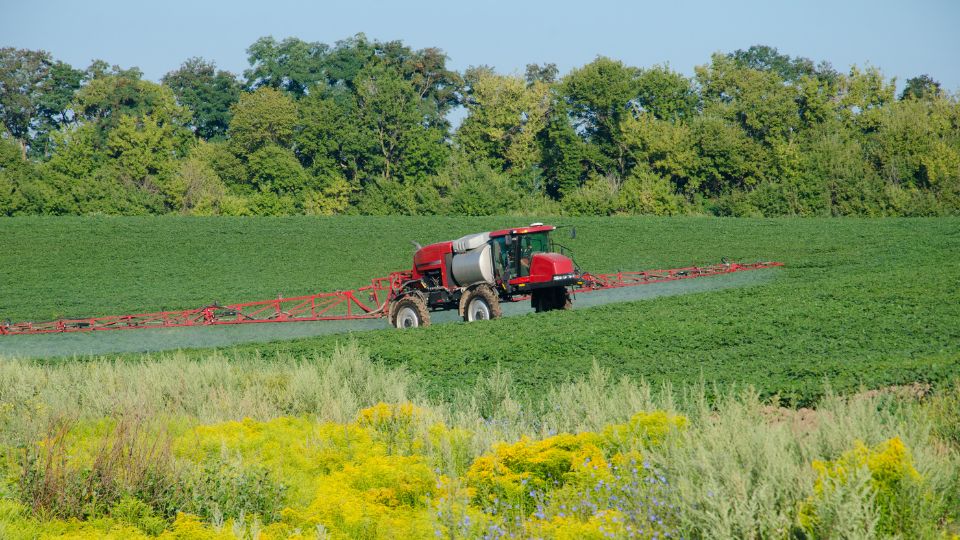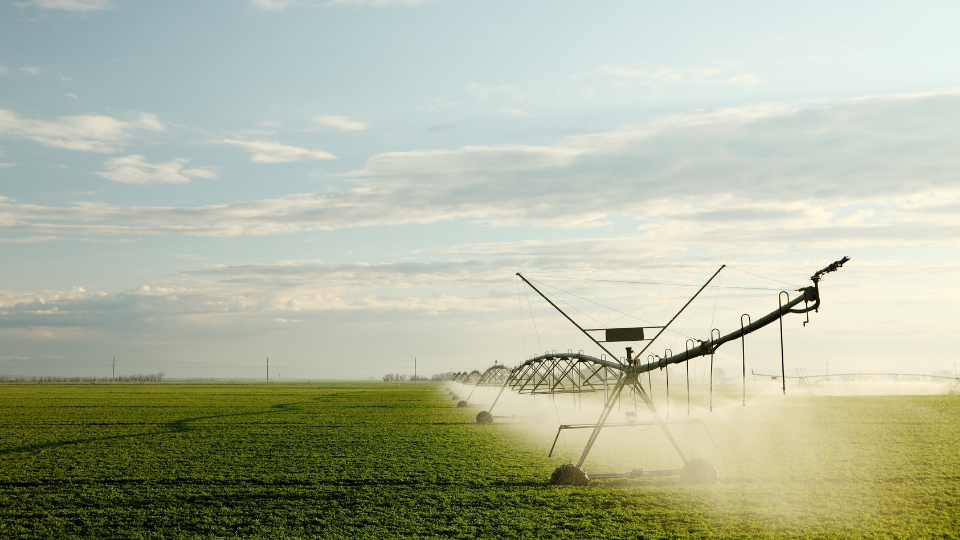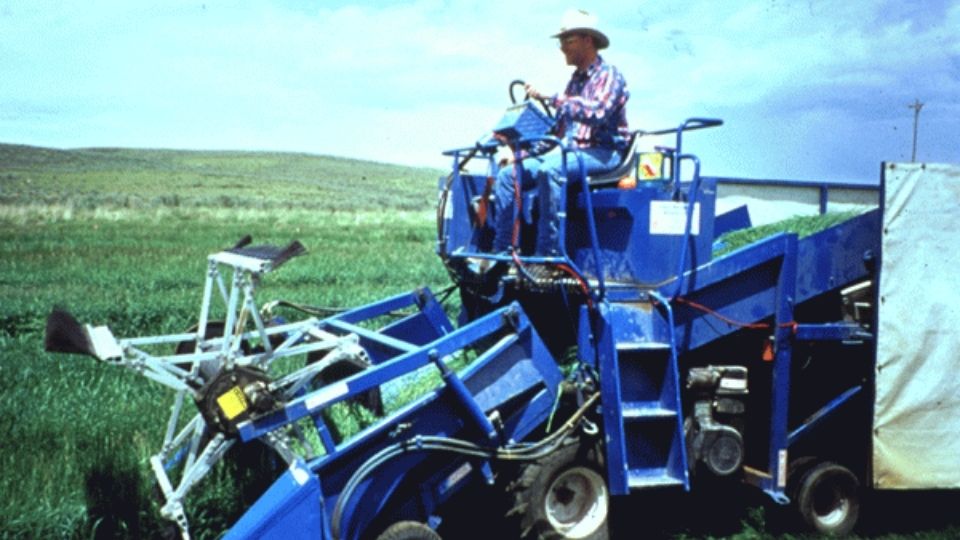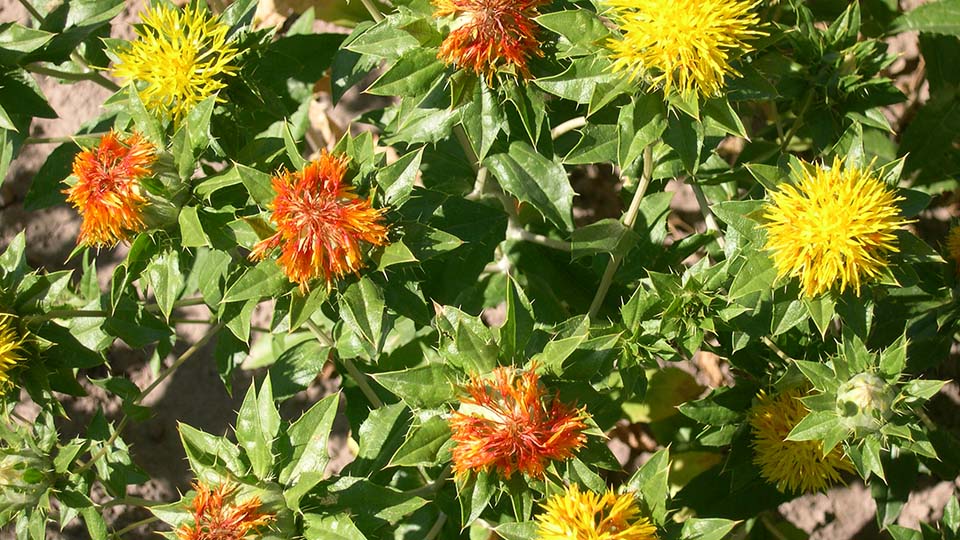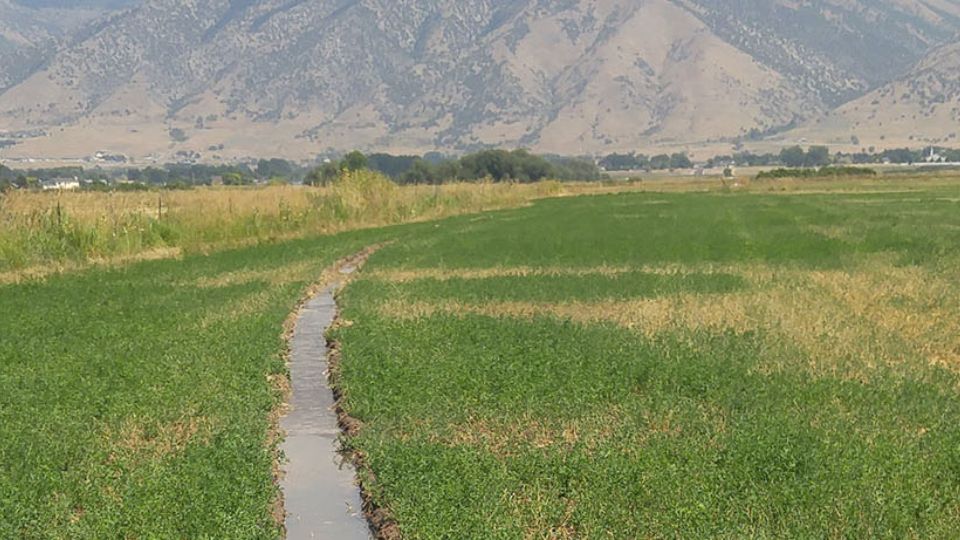Considerations for Crop Rotation from Alfalfa to Corn
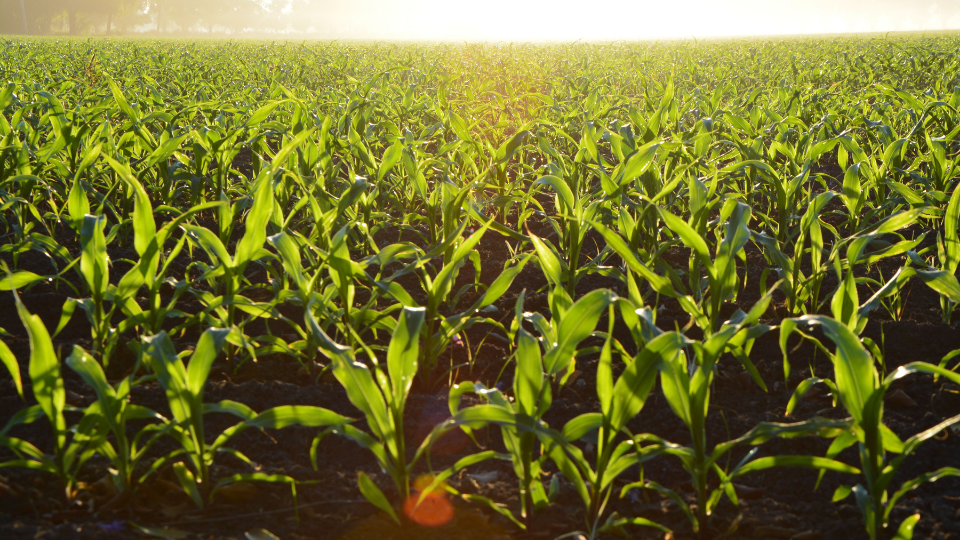
The importance of rotating out of a declining alfalfa stand is well established. As the alfalfa stand ages, forage yield and quality decline, while weed, insect, and disease pressures increase. Terminating the stand and growing one or more other crops for several (2–3) years allows a grower to press the reset button on a piece of ground. These years of growing another crop will result in more productive alfalfa when a new stand is planted again.
The current low-price environment for crops, however, has many growers debating whether to rotate out of a declining alfalfa stand or to hang on to it for another year. Corn is a common rotation partner with alfalfa in many parts of the U.S. The cost of production for corn can be high, but other crops cannot match the high yields of corn. Over the past five years, we have conducted 40 research trials on alfalfa to corn rotations in 10 counties, encompassing all of the major corn growing areas of Utah. The goal of this work has been to identify management strategies to improve the profitability of rotating from alfalfa to corn in a low- price year. Key observations from that work are summarized below.
Tillage
Tillage has historically been the standard method for terminating alfalfa. A single pass of tillage can cost anywhere from about $12 to $24 per acre (Plastina & Johanns, 2019). This cost (time, labor, fuel, equipment, and equipment wear) coupled with concerns about soil health have heightened interest in reducing the amount of tillage needed for alfalfa stand removal. Any tillage pass that can be eliminated offers the benefits of improved soil quality (improved soil moisture retention, improved soil structure, greater nutrient cycling, and increased soil organic matter) and increased economic profitability (reduced labor, equipment costs, and fuel).
The most extreme case of reduced tillage is no-till. In no-till, corn is seeded directly into the old alfalfa stand without any seedbed preparation done with tillage equipment. Although no-till is widely utilized in many parts of the U.S., very few alfalfa growers in the West employ no-till—perhaps due to the perception that alfalfa fields more closely resemble a paved roadway than a seedbed after years of compaction from wheel traffic of heavy equipment. Research conducted by USU personnel in multiple commercial production fields across Utah determined an average corn yield loss of 9% by direct seeding corn into alfalfa compared to conventionally tilling a field before planting corn (Table 1). In the current low-price environment for corn, such a yield loss may be acceptable considering the time and expense that would be saved by not tilling a field before planting.
One critical factor to optimize corn yield when direct seeding corn into alfalfa is to plant seed at the correct depth (at least 1.5 inches). In the dry conditions of the West, fields may require pre-irrigation to moisten the soil in the days prior to planting to allow the disc openers to penetrate the soil sufficiently to place the seed at the correct depth. This may even be true when using a no-till planter to plant the corn.



A variation of no-till is strip-till (Figure 1-3). In strip-till, a small strip (usually 7 to 8 inches wide) is tilled, while the remaining area between rows is not tilled. Corn is planted directly into the tilled strip. The benefits of
strip-till are that it requires only one tillage pass, allows planting into a tilled seedbed, does not require pre- irrigation to moisten the soil, and keeps residue on the soil between rows to conserve moisture and suppress weeds. USU research conducted at multiple sites and years shows yield reductions of about 7% in strip-till compared to conventional tillage (Table 1).
Timing of tillage to terminate a declining alfalfa stand for optimal corn yield has been the subject of much debate by growers and agronomists. Our work at USU over two locations and two growing seasons shows no measurable difference in silage corn yield whether the alfalfa stand was terminated by tillage in the fall or spring. This result suggests that tillage can simply occur when time allows.
Table 1
Tillage Type and Timing Effects on Silage Corn Yield Averaged Across Four Utah Trials
| Tillage Type | Tillage Timing | Silage Corn Yield (ton/acre) | Yield Reduction (ton/acre) | Yield reduction (%) |
|---|---|---|---|---|
| Conventional tillage | Fall | 30.0 | -0.2 |
-0.1 |
| Conventional tillage | Spring | 30.2 | ---- |
---- |
| Strip till | Fall | 27.7 | -2.5 | -8.4 |
| Strip till | Spring | 28.4 | -1.8 | -5.9 |
| No-till | 27.4 | -2.8 | -9.2 |
Note. Calculated yield reduction is based on the difference from spring conventional tillage, the highest yielding treatment.
Herbicides
A grower interested in cost savings may be tempted to eliminate the herbicide application as part of their strategy to terminate an alfalfa stand. However, not including an herbicide application in a conventional or reduced tillage system can reduce corn yield (Figure 2). Compared to conventional tillage practices, reduced- tillage corn production approaches increase the likelihood of regrowth from the old alfalfa stand. There may be a perception that some of this alfalfa growing in corn may do no harm since alfalfa fixes nitrogen. This is not true. While it may be surprising to some producers, research conducted at USU found that corn yield was reduced by an average of 28% by volunteer alfalfa compared to effective herbicide treatments, even when the alfalfa stand was removed with tillage. Even when alfalfa was killed with postemergence treatments after corn emergence, corn yields were still reduced an average of 12%.
The increased corn yields from effective alfalfa termination when herbicides are used easily justify extra costs. Herbicide options for removing a conventional alfalfa stand include glyphosate alone plus tillage or a combination of glyphosate plus 2,4-D or dicamba. However, chemical removal of Roundup Ready alfalfa varieties generally is accomplished with 2,4-D combined with dicamba. When using either 2,4-D or dicamba, plant-back restrictions must be observed to prevent carryover injury to the subsequent corn crop. Termination of conventional alfalfa varieties also can be accomplished conveniently by applying glyphosate three days prior to harvest, eliminating alfalfa regrowth following harvest. Growth regulator herbicides (dicamba and 2,4-D) cannot be applied pre- harvest, but require a minimum of 6 inches of regrowth after harvest, thereby effectively delaying tillage or planting operations.
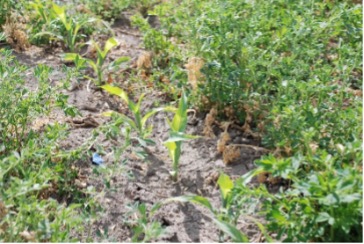
Double Cropping
Some growers double crop alfalfa and corn to improve the economics of crop rotation. The idea is to take the first cutting of alfalfa, terminate the alfalfa stand, and then immediately plant corn. The first cutting of alfalfa usually produces the highest yield. The alfalfa is also already in place, so there is very little cost of production other than the cost to harvest. Although some corn yield is often sacrificed in a double cropping system due to the shortened corn production period, many earlier- maturing hybrids can produce yields that are not much lower than for full-season hybrids.
To speed the transition between crops, chopping rather than drying and baling the first cutting of alfalfa can trim a week or more off the time required to plant corn. Using reduced tillage practices, such as no-till and strip- till, instead of conventional tillage practices can also reduce the time required to prepare the seedbed and expedite the corn planting process. In conventional alfalfa (non-Roundup Ready), the pre-harvest glyphosate approach (described above) also minimizes the time required between alfalfa termination and corn planting, compared to growth regulator herbicides.
Nitrogen Fertilizer
Nitrogen (N) is critical to the proper growth and development of corn and generally has a greater impact on corn yield than any other nutrient. Some of the N needs of corn are met by the breakdown of organic matter and previous crop residues in the soil, but the remaining needed N generally is supplied by N fertilizers. This N fertilizer is often the highest cost input in corn production.
Most Utah corn growers target an N rate of approximately 200–250 pounds of N per acre. Nitrogen fixing crops, such as alfalfa and soybean, provide some N to the following rotational crop (known as an N credit), thereby reducing the amount of N that needs to be applied. Historically, the N credit for corn grown in rotation with alfalfa has been between 50 and 100 pounds per acre. To test the accuracy of this standard N credit, we applied four rates of N fertilizer (0, 50, 100, and 200 pounds N/acre) to first year corn grown after alfalfa in farmers’ fields throughout Utah. While there was a fair amount of variability between sites, there was no statistical difference in yield at any of the sites over the rates of N application studied. This strongly suggests that growers can reduce N fertilizer application much more than the traditional 100 pounds per acre credit, or perhaps even eliminate it all together. At current N prices, growers who withhold N fertilizer to the first year of corn after alfalfa could save nearly $125 per acre on corn production costs.
The primary reason for the lack of corn yield response to N following alfalfa is due to high residual N in the soil that becomes available to the corn crop over the growing season. Selected soil analyses from three of the study sites (shown in Table 2) indicate high levels of nitrate-N that is immediately available to the corn crop, and even higher labile N in organic forms (estimated by total N minus nitrate-N). These can become available to the crop as the organic matter is broken down over the course of the growing season. Organic forms of N may continue to provide N to corn or other crops grown at a given site even beyond the first year following alfalfa.
Note that care was taken to ensure other nutrients, particularly phosphorus (P) and potassium (K), were at satisfactory levels for the study described. Intensively hayed fields over the life of an alfalfa stand can become depleted of these important nutrients critical to root growth and energy storage and transfer (role of P) and good water relations (role of K) in corn. Soil test recommendations for these important nutrient elements should be followed to ensure all nutritional needs of rotational crops are sufficiently met.
Table 2
Nitrogen Content Following Alfalfa Termination at the Time of Corn Planting (Pounds per Acre Equivalent in the Active Root Zone, 1–3 feet)
| Cache County | Beaver County | Weber County | ||||
|---|---|---|---|---|---|---|
| Sample Depth in Feet | Nitrate-N | Total N | Nitrate-N | Total N | Nitrate-N | Total N |
| Pounds N per Acre | ||||||
| 0–1 | 114 | 883 | 88 | 1610 | 168 | 1043 |
| 1–2 | 27 | 427 | 75 | 680 | 35 | 583 |
| 2–3 | 37 | 300 | 61 | 730 | 28 | 396 |
Note. Only a fraction of the organic N—estimated by total N minus nitrate N—will become available to the crop during the current season as organic matter breaks down.
References
Plastina, A., & Johanns, A. (2019). Iowa farm custom rate survey. Iowa State University Extension File A3-10.
Available at
https://www.extension.iastate.edu/shelby/sites/www.extension.iastate.edu/files/shelb/2019%20Custom%20Rate%20Survey.pdf
Revised December 2019 and published to the Web May 2022
Utah State University Extension
Peer-reviewed fact sheet
Authors
Earl Creech, Matt Yost, Grant Cardon, Corey Ransom
Utah State University
Jason Clark
South Dakota State University
Related Research






